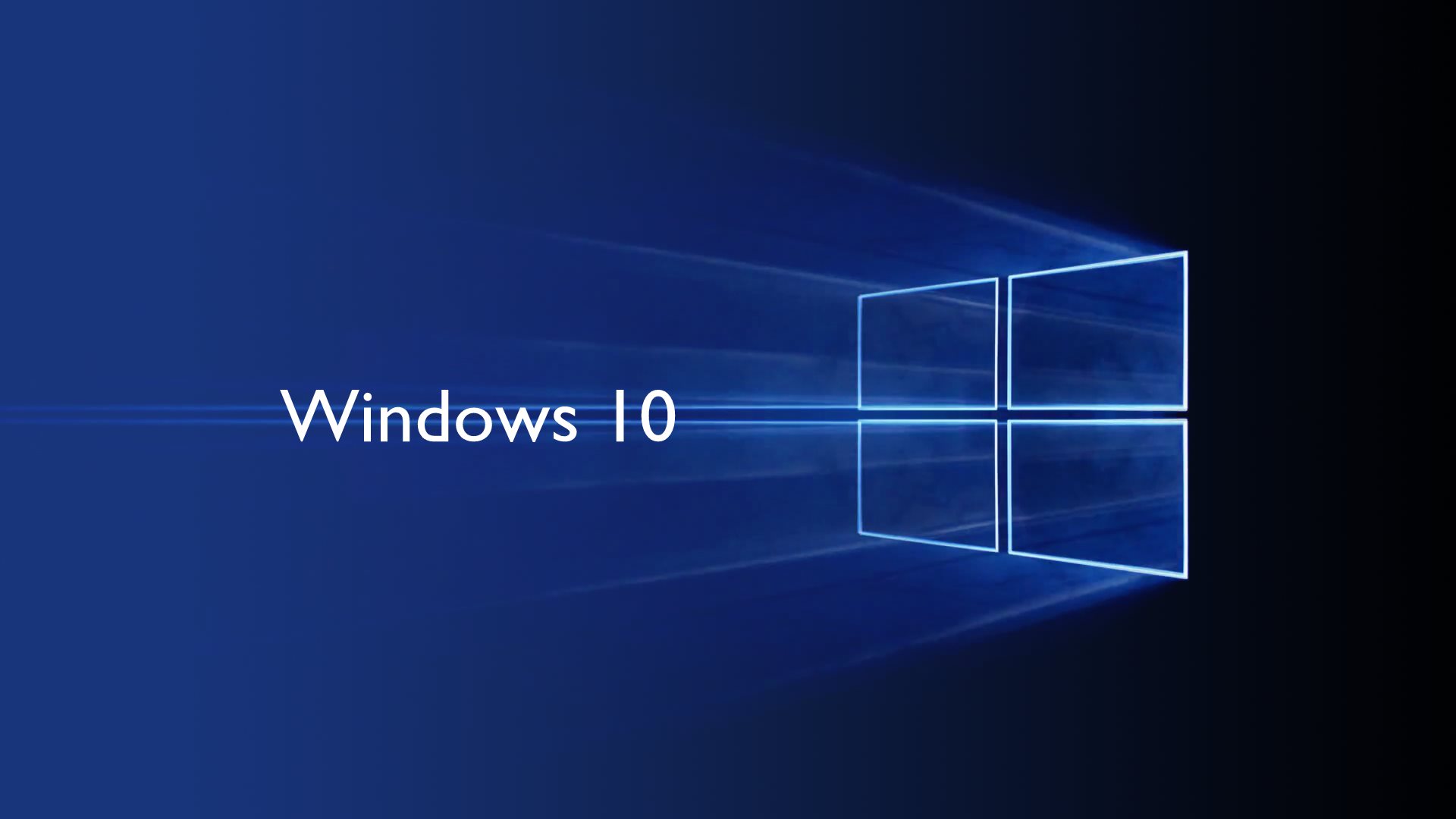
Microsoft will provide Windows 11 users with support by extending their lifespan but will not do the same with Windows 10 and thus push millions of devices into… landfills.
A new study conducted by Canalys Research shows the scale of the problem, which is significant.
240 million computers will become electronic waste
Canalys estimates that in the roughly two-year period until Microsoft’s official end of support for Windows 10 — October 14, 2025 — about a fifth of devices will become e-waste due to incompatibility with Windows 11. This equates to 240 million PCs.
The size seems unreal, and if all of these devices were laptops, stacked on top of each other, they would have created a pile 600 kilometers higher than the Moon.
Most of the 240 million PCs, if in good condition, can at least be recycled, but their incompatibility with the latest supported version of Windows dramatically reduces their value to users for upgrading and resale.
According to the report, many of the 240 million personal computers will remain usable for years to come, but demand for devices no longer supported by Microsoft will be minimal — even by companies with limited IT budgets.
Charitable donations can maximize their longevity, but if the industry wants to support digital equality, this is not sustainable or socially sustainable. In practical terms, digital justice means ensuring that disadvantaged and developing communities around the world are able to fully access, use and benefit from information technology.
Extending the life of these unsupported computers is clearly the best option from an environmental perspective, but donating these devices will not advance the industry’s efforts to bridge the digital divide.
Microsoft is responding with optional updates at a cost
In early December, Microsoft issued a statement announcing that Windows 10 Extended Security Updates would be available until October 2028 with a currently unspecified annual fee. This approach is not new for Microsoft, which is also offering paid extended security updates for Windows 7 and Windows 8.1 through January 2023.
The cost of security updates and why they would be unprofitable
Although providing extended support can extend the life of Windows 11 PCs, the cost of these security updates will likely be a barrier for many users.
Pricing plans for Windows 7 Extended Support started at $25 per PC for the first year of support, and quadrupled to $100 per year in the third and final year of extended updates.
If Microsoft pursues similar pricing for Windows 10 support, the most cost-effective option would be to move to newer PCs that support Windows 11, forcing older PCs to be scrapped.

“Total alcohol fanatic. Coffee junkie. Amateur twitter evangelist. Wannabe zombie enthusiast.”





More Stories
Is this what the PS5 Pro will look like? (Image)
Finally, Windows 11 24H2 update significantly boosts AMD Ryzen – Windows 11 performance
Heart Surgeon Reveals The 4 Things He ‘Totally Avoids’ In His Life